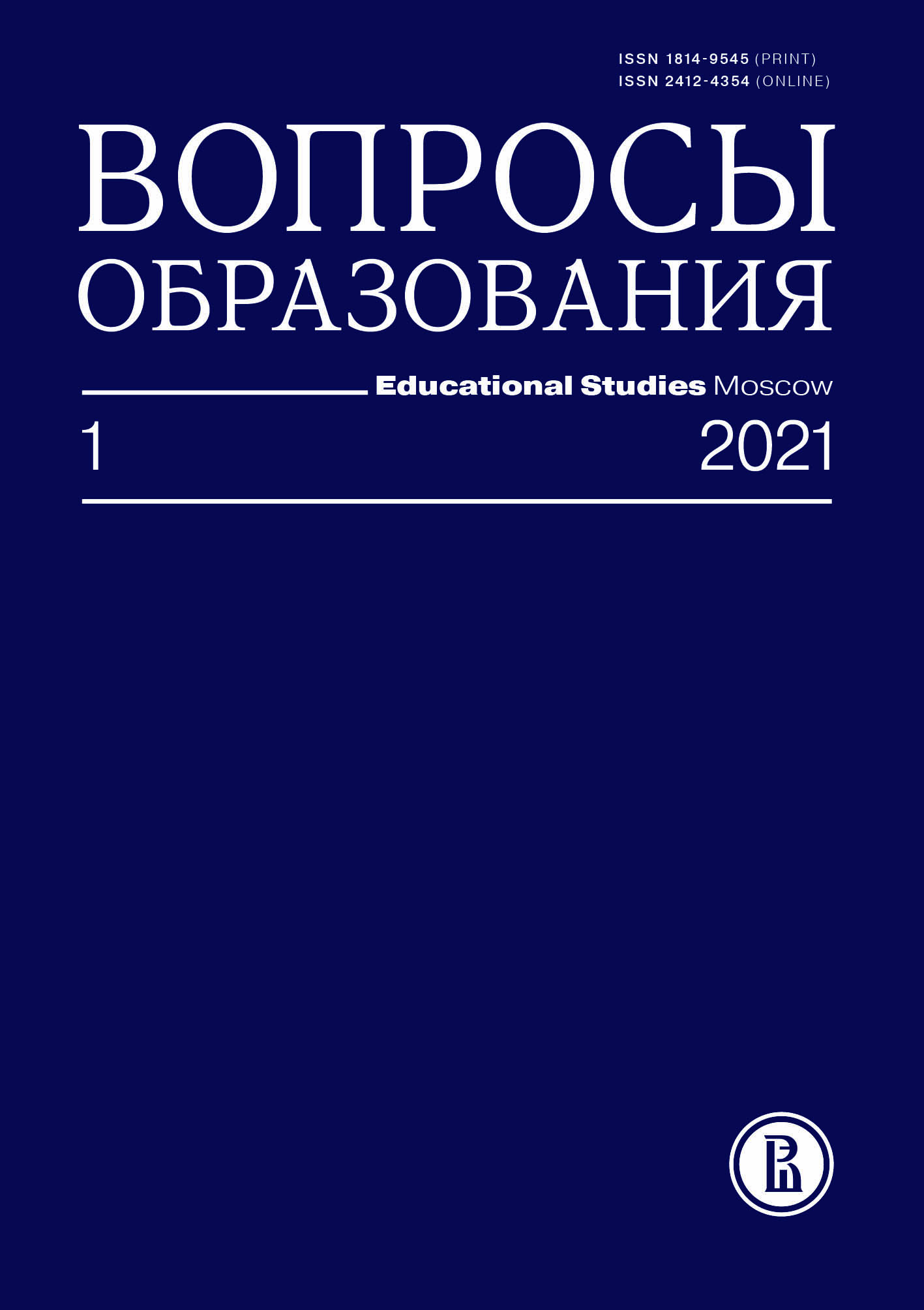Economic Aspects of Emergency Transition to Distance Education, or The Price of Going Online in Higher Education
Abstract
As Russian universities switched to distance education in March 2020 to prevent COVID-19 from spreading, self-paying students started questioning the fairness of tuition fees during the pandemic. They filed petitions, emphasizing that distance learning could not be equated to traditional classroom-based learning, that educational services were not delivered to the full extent, and that educational quality had decreased. On those grounds, students required cutting tuition fees down to the size of those in part-time or extramural education. To understand whether universities can afford making this step, we undertake to measure the price that they have paid for the transition to distance learning.
For this purpose, we use data from a survey of faculty teaching and curriculum organization practices carried out at a federal university between March 23, 2020 and June21, 2020, which involved 4,099 faculty members, as well as financial records of some departments within that university. Findings show that teaching workload reduced by 15% with distance learning during the pandemic, and the number of contact hours decreased 1.7 times. However, the overall amount of faculty workload increased by 50%, first of all due to a 2.4-time rise in curriculum organization activities. Therefore, the transition to distance education led to a significant increase in faculty workload, given that contact hours were preserved. Furthermore, the university invested heavily in the transition to distance learning and continuity of educational processes during the pandemic, in particular by financing the establishment of a new department for digitalization of learning processes.
An inference is made that distance education imposed by the pandemic has not been reduced to part-time or extramural studies. Decisions about cutting tuition fees for self-paying students should be made at the institutional level, with due regard for faculty workload and digitization costs.









